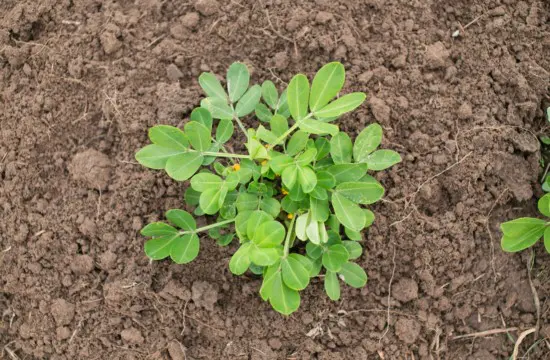“Our research has shown that applying a nitrogen fertilizer will adversely affect the ability of an inoculant to do its job,” says Dr. Tubbs. “When nitrogen fertilizer is added to the soil, it is readily taken up by the plant so it does not use the symbiotic relationship with the Bradyrhizobia bacteria in the soil. This causes a reduction in the number of nodules that form because the plant has access to nitrogen early on, but not later in the season when it really needs it the most. The nitrogen fertilizer disperses as the growing season continues and can leave you with a deficiency in nitrogen fixation and lower yields.
“Times of heavy nitrogen use, such as when the plant is switching from its vegetative to reproductive phases, is when nitrogen fixation needs to be most active, so checking nodulation activity mid-season is important,” says Dr. Tubbs.
He suggests pulling a few plant samples and slicing the nodules in half to determine if there is ample activity. The nodules should appear red or pink inside; a white shade indicates nitrogen fixation has yet to occur, while a brown or green shade indicates inactivity and nitrogen fixation will not occur from those nodules.
“The most economical way to supply nitrogen to your peanut plants is through inoculating,” Dr. Tubbs added. “Nitrogen fertilizer is not only costly, but can inhibit the peanut plant’s ability to naturally fix nitrogen from the air around us.”


